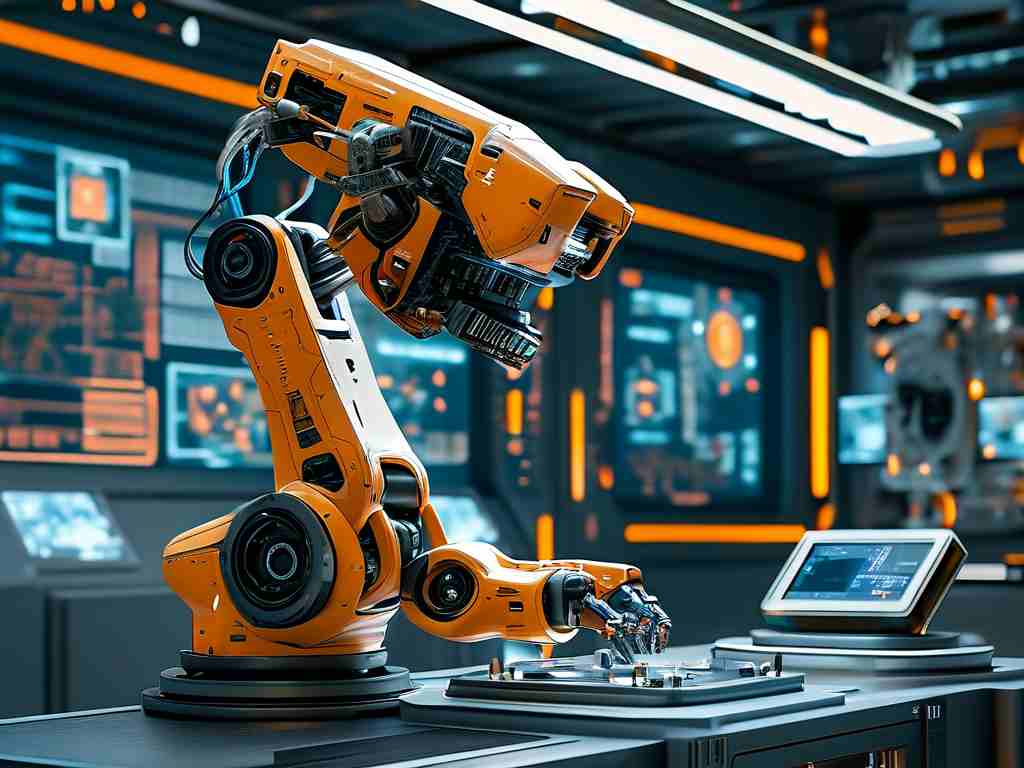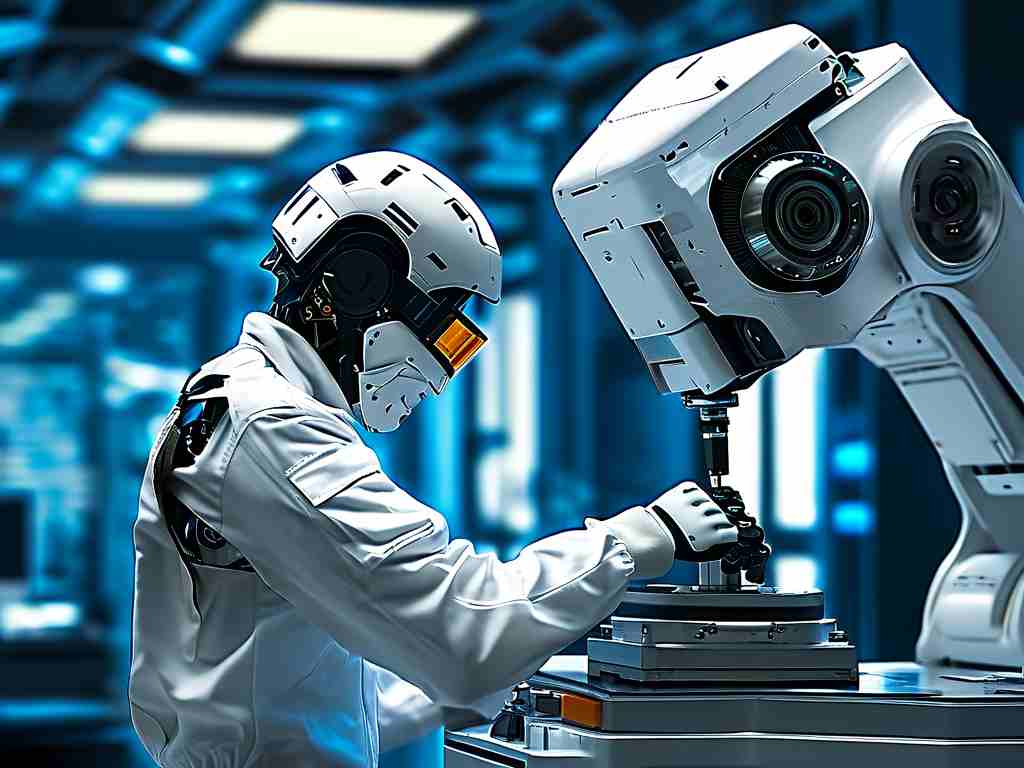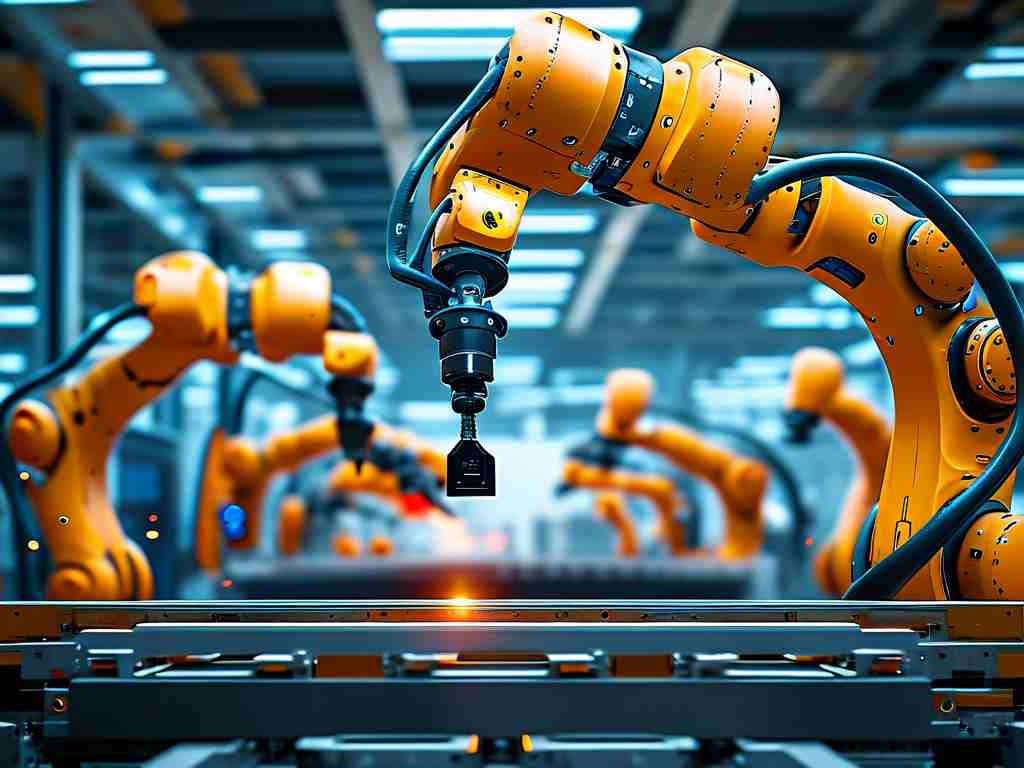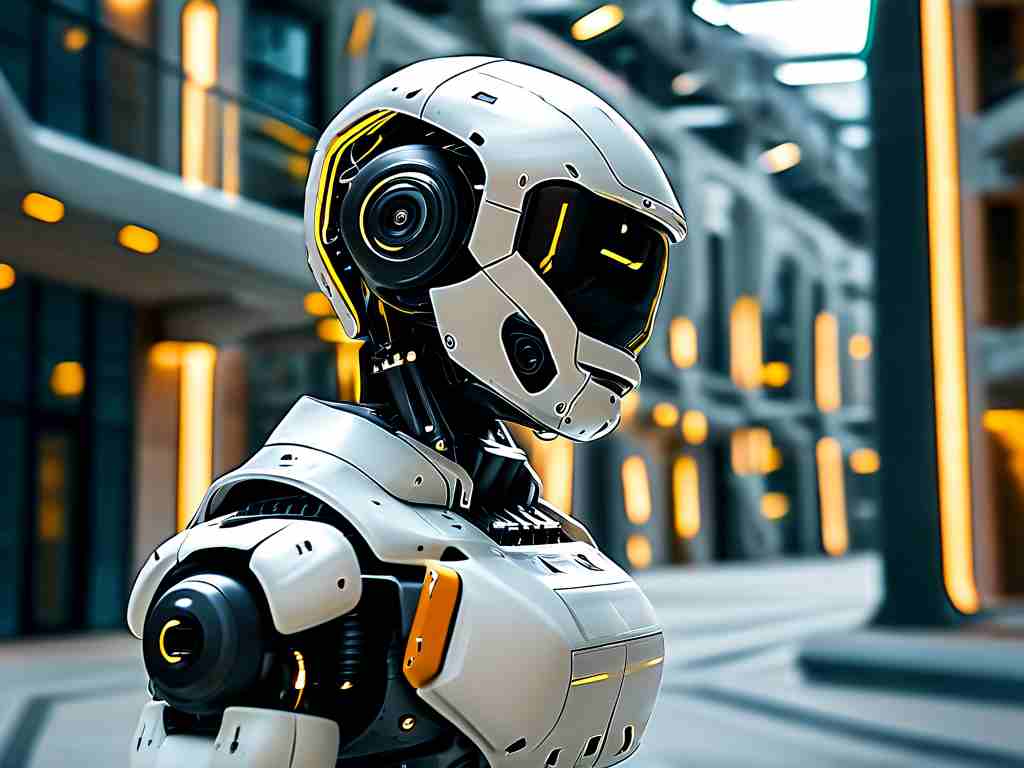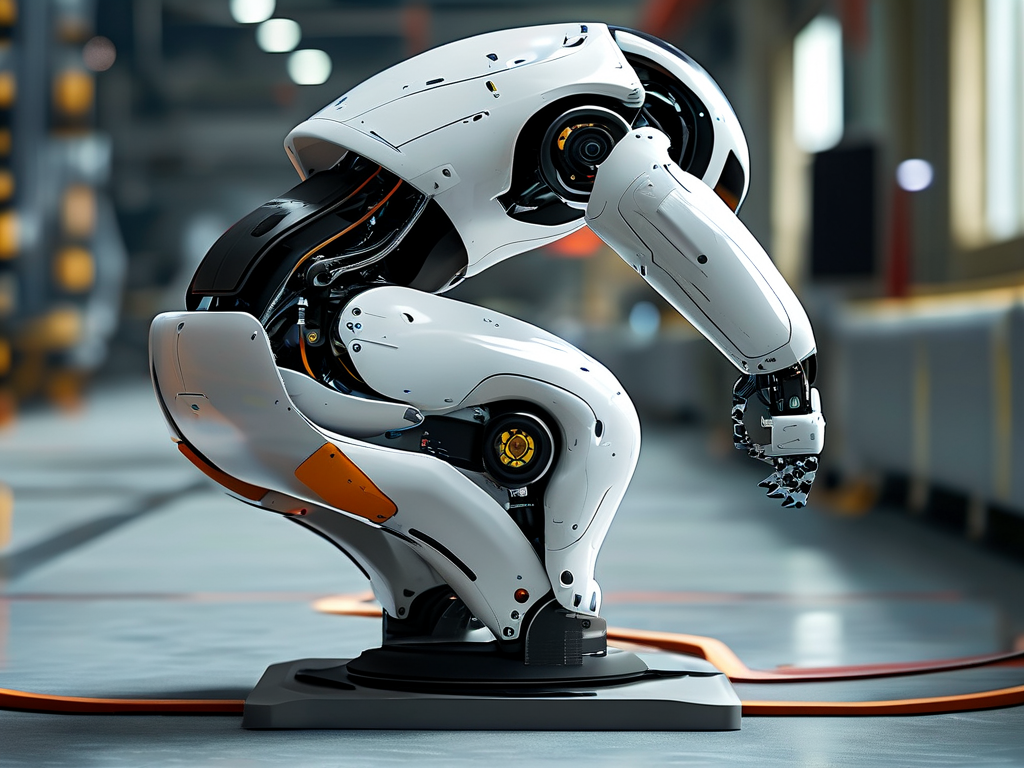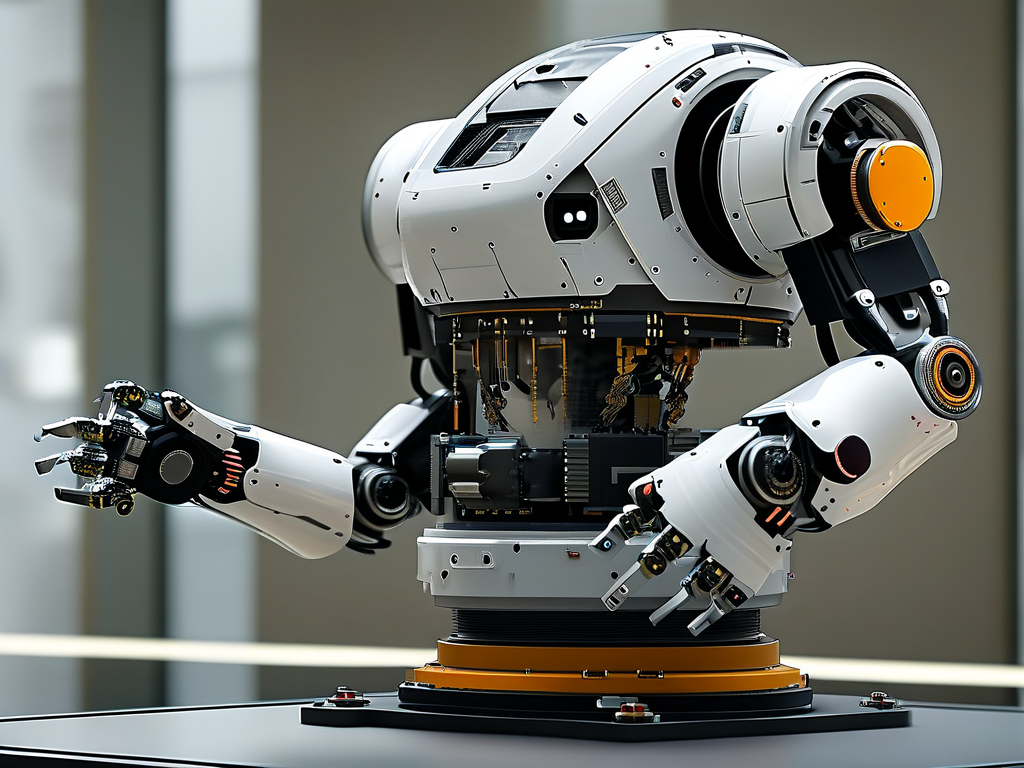Poland's robotics sector has emerged as a dynamic player in European technological development, blending academic excellence with industrial pragmatism. Unlike traditional robotics powerhouses, Polish innovators focus on bridging theoretical research with real-world implementation, creating solutions that balance precision and cost-effectiveness. This distinctive approach positions the country as a growing influencer in specialized automation fields.
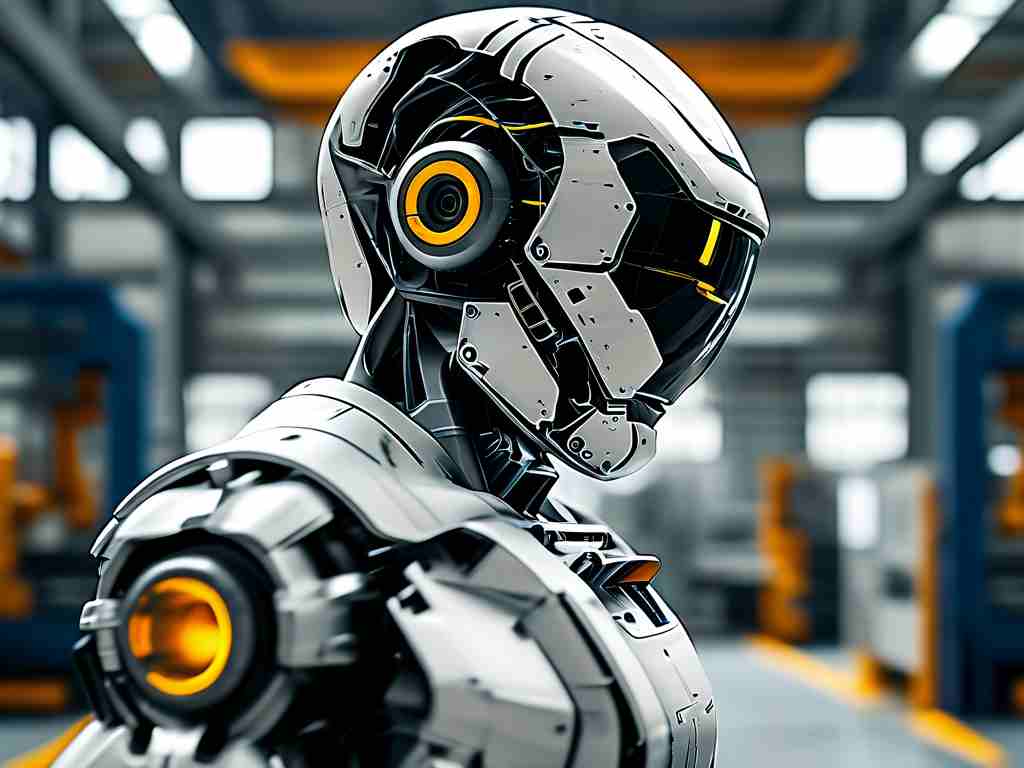
One defining characteristic lies in Poland's emphasis on collaborative robotics. Researchers at Wrocław University of Science and Technology recently unveiled adaptive gripper systems that combine machine vision with variable pressure control. These systems enable industrial robots to handle irregularly shaped agricultural products – from delicate raspberries to knotty root vegetables – with human-like dexterity. Such innovations demonstrate how Polish engineers prioritize practical problem-solving over purely theoretical advancements.
The agricultural automation sector showcases Poland's contextual innovation strategy. With 14.4% of national GDP coming from agriculture, developers at Techmo created autonomous harvesting robots that navigate uneven terrain using LIDAR-assisted stabilization. These machines analyze soil composition through integrated spectrometers, adjusting harvesting patterns in real-time. This dual focus on mechanical robustness and data integration reflects Poland's trend of merging hardware durability with smart automation.
Medical robotics reveals another facet of technical specialization. Warsaw-based startup NeuroBot developed tremor-canceling surgical tools that adapt to surgeons' hand movements through predictive algorithms. Unlike conventional steady-hand systems, these instruments learn individual operators' micro-movements during procedures, achieving 0.02mm precision in clinical trials. Such niche innovations highlight Poland's strategy of targeting underserved medical technology markets.
Educational infrastructure fuels these advancements. The government's "Tech2025" initiative established 17 regional robotics incubators connecting technical universities with manufacturers. At Kraków's AGH University, students collaborate with automotive companies on modular assembly robots that can be reconfigured for different production lines within 45 minutes. This academia-industry synergy accelerates prototype development – the average Polish robotics patent moves from concept to provisional filing in 7.2 months, 33% faster than EU averages.
Energy sector innovations further illustrate technical priorities. Offshore wind farm maintenance robots developed in Gdańsk utilize self-healing polymer skins that repair surface cracks caused by saltwater corrosion. These autonomous inspectors combine ultrasonic testing with AI-powered failure prediction, reducing turbine downtime by 40% in Baltic Sea trials. Such solutions address both technical challenges and harsh environmental conditions prevalent in regional industries.
Despite progress, challenges persist. Component manufacturing remains dependent on Asian semiconductor suppliers, though recent investments in Łódź's silicon wafer plant aim to address this gap. Language barriers in international collaboration and fluctuating R&D tax incentives create occasional hurdles for scaling operations. However, the growing network of EU-funded technology parks helps mitigate these obstacles through cross-border partnerships.
Future development appears focused on sustainable robotics. Poznań researchers recently demonstrated biodegradable sensor arrays for agricultural robots, breaking down into organic compounds after 18 months. Concurrently, efforts intensify in human-robot interaction systems – a Gdynia team's emotion-recognition interface for service robots achieved 89% accuracy in interpreting complex vocal patterns across Slavic languages.
Poland's robotics trajectory suggests a deliberate path avoiding direct competition with industrial giants. Instead, developers concentrate on customizable solutions for mid-sized manufacturers and specialized sectors. This strategic positioning, combined with increasing government support and EU technology funding, forecasts accelerated growth. As global industries seek adaptable automation solutions, Polish robotics stands ready to deliver innovations where technical sophistication meets practical implementation needs.


